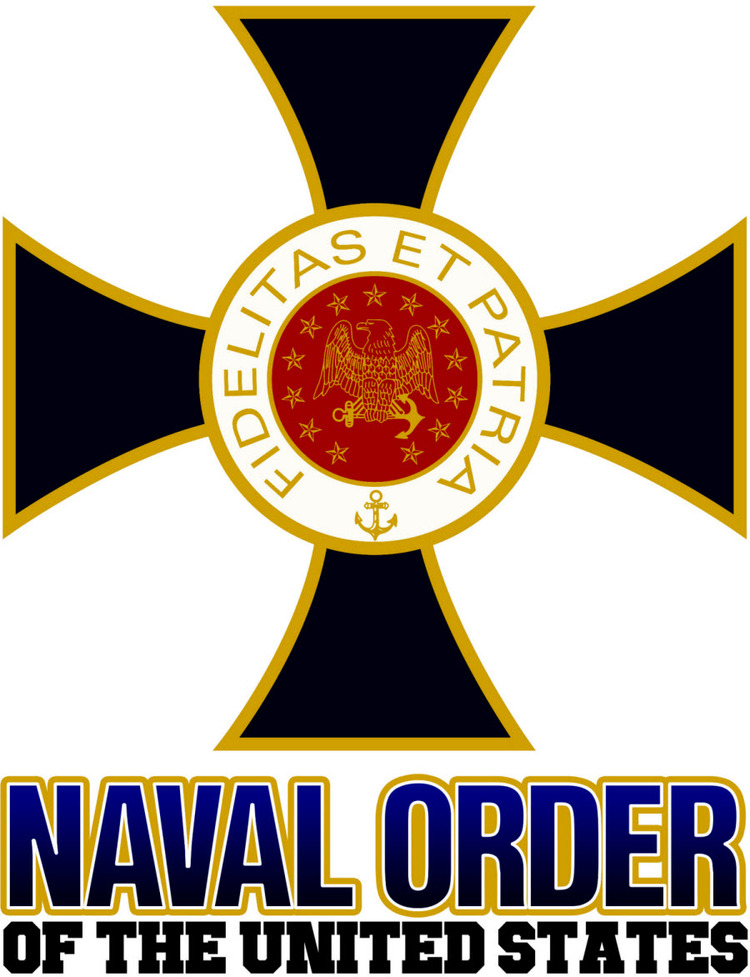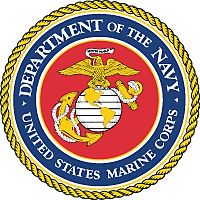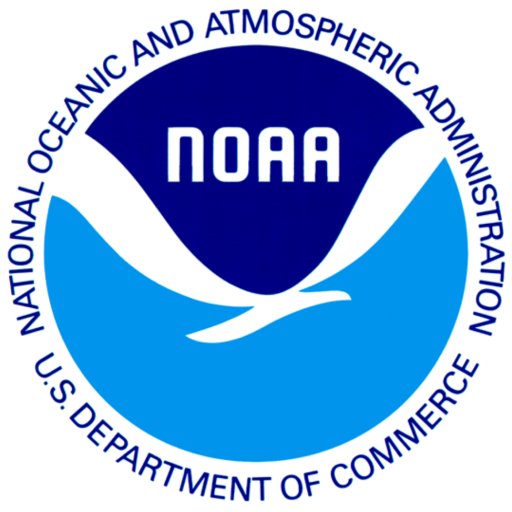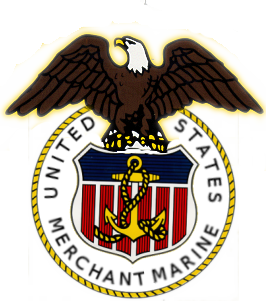by James M. D’Angelo
Chairman and Founder, IMMF
What do the San Francisco Presidio and the Midway Islands have in common? Both are historic military sites that have passed from the jurisdiction of the military (US Army for the Presidio and US Navy for the Midway Islands) to other government agencies and private sector management. In the case of the Presidio, the private sector controls 85% of the land while the National Park Service maintains jurisdiction of 15% of the land along the coast. Since 2012, the Presidio is on a sound financial footing.
In the case of Midway, however, the islands were made into a wildlife refuge under the jurisdiction of the U.S. Fish & Wildlife Service (USFWS) in 1996. At that time, Midway Phoenix Corporation (MPC), a private company, signed a cooperative agreement with the USFWS to operate the infrastructure and a public visitation program. MPC ran these operations at minimal tax-payer expense and invested 15 million dollars of its own money in Midway’s infrastructure. Draconian measures and restrictions placed by the USFWS on MPC impeded public visitation and led to the corporation leaving Midway in 2002.
The theater was designed by the architect Albert Kahn and constructed before the Battle of Midway during World War II. It is eligible for inclusion in the National Register of Historic Places. U.S. Fish & Wildlife Service officials said that the theater is not in use. Six murals were removed from the theater and sent to the Pacific Aviation Museum for preservation and display.
One of those key parties was the International Midway Memorial Foundation (IMMF) which was created as a non-profit tax-exempt organization in the state of Maryland in 1992 to preserve the memory of the Battle of Midway. To that end, the Foundation encouraged Congress to pass legislation that designated the Midway Islands as a National Memorial in 1999 and erected a marble and granite monument on Midway in 1995 and on the grounds of the U.S. Naval Academy in 1996. Vice Admiral William D. Houser, USN (now deceased) and James D’Angelo initiated the First Annual Midway Night Dinner in the Army and Navy Club in Washington, D.C. in 1997 and in following years at the Navy Museum in the Washington Navy Yard. Many of the Naval Order Commanderies celebrate the Battle of Midway as one of the CNO Sponsored Events celebrating our Naval history.
The Battle of Midway stands as one of the top five naval battles in world history among Trafalgar, Salamis, Jutland and Marathon. The Battle represents the virtue, courage, and bravery of the American character. Its significance lies in the fact that the Battle was the turning point of the war in the Pacific and now more historians believe that it was the turning point of World War II in its entirety. The Midway Islands, then, are more than just a bird sanctuary. They are sacred ground.
The IMMF was footnoted as one of the four key stakeholder groups who had participated in the public visitation programs to Midway in the past and was interviewed and consulted by the GAO for its report.
The IMMF noted that the GAO did not address the issue of USFWS’s policy of “demolition by neglect,” the role of the private sector in Midway’s operations and that its inclusion is paramount to Midway’s financial success as exemplified by MPC. In addition, the role of the sale of aviation fuel to Midway’s financial viability was not mentioned. Midway’s two large fuel tanks, holding a combined four million gallons, has been destroyed by the USFWS and replaced by much smaller tanks with a capacity of 450,000 gallons of fuel.
As a result, “the USFWS has suspended the sale of aviation fuel except in emergency circumstances. The GAO report did not directly address the USFWS’ failure to comply with the 1999 law (Section 126 of the 1999 Omnibus Bill) that the Secretary shall consult on a regular basis with such organizations including the International Midway Memorial Foundation on the management of the National Memorial.”
In addition to the above missteps by the USFWS, the agency did not adhere to the law passed in 1999 which directed the Secretary of Interior to consult with the IMMF on a regular basis on the National Memorial until this past year. The IMMF, with the assistance of Congressmen John Duncan (TN) and Dr. John Fleming (LA), Chairman of the Subcommittee on Fisheries, Wildlife, Oceans and Insular Affairs were able to hold a Congressional Hearing on November 20, 2014 entitled “Is the Midway Atoll National Wildlife Refuge Being Properly Managed?” At the conclusion of the hearing Dr. Fleming declared, “It was a mistake to make the Midway Islands a Wildlife Refuge.”
One of the obvious solutions to the many financial and operational difficulties facing Midway, including the closure of the Atoll to public visitation, is to restore the private sector as the entity responsible for Midway’s infrastructure and public visitation programs without the draconian measures imposed upon the private sector by the USFWS. Thus, the USFWS’s total jurisdiction over Midway must be altered.
The IMMF proposes that Congress pass a bill to eliminate the abuses that USFWS has perpetrated on Midway’s historic structures and buildings by removing USFWS’ total jurisdiction over the Midway Islands with the creation of a Board of Governors. Authority over Midway would be determined by the board which would consist of the National Park Service, U.S. Navy, U.S. Coast Guard, Federal Aviation Administration, the U.S. Fish and Wildlife Service and the International Midway Memorial Foundation.
GAO Report - June 2, 2016 - Stated - "Cable Houses - Eligible for inclusion in the National Register of HIstoric Places. The mess hall was built by the Commercial PAcific Cable COmpany in 1903 for the employees who operated the relaty stations for the first trans-Pacific telegraph line. It is eligible for inclusion in the NAtional Register of HIstoric Places. U.S. FIsh & Wildlife Service officials said that the building is not in use and cannot be restored."
Further, the bill would restore public visitation and mandate that the USFWS restore those structures and buildings through whose neglect resulted in their loss.
This restoration includes replacement of the two large fuel tanks demolished by the USFWS which are essential for the sale of aviation fuel necessary for Midway’s financial viability. The bill would also preserve the airstrip on Sand Island as an alternate emergency landing site for mid-Pacific flights under the supervision of the Federal Aviation Administration.
Lastly, the USFWS would only be allowed to manage the wildlife on Midway and serve on the Board of Governors.
The Naval Order of the United States is proud to stand with the IMMF in support of legislation that would restore the Midway Islands as a national historic treasure open and available to those who wish to visit the site that changed the course of a world war.
======================================
The Foundation’s web site is: immf-midway.com and its email address is: immf42@aol.com.










